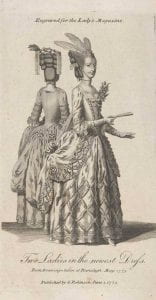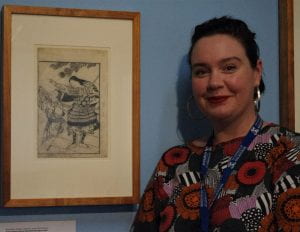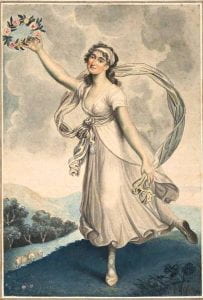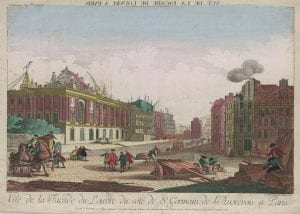The fashionable office
As more people work from home due to the current unsettling circumstances, our dress sense has also adjusted and the office mode for shirts and skirts has altered to more comfortable wear such as track pants and slippers. As we grapple with major changes to work and lifestyle, let us look back on some fashions from past centuries to reignite a bit of style and sparkle for the home office.





